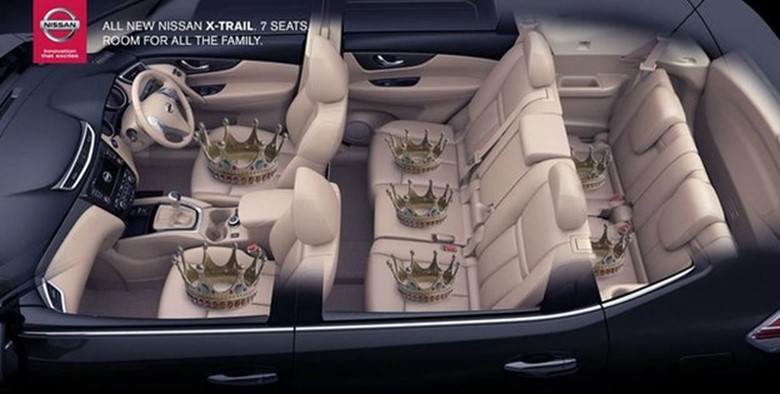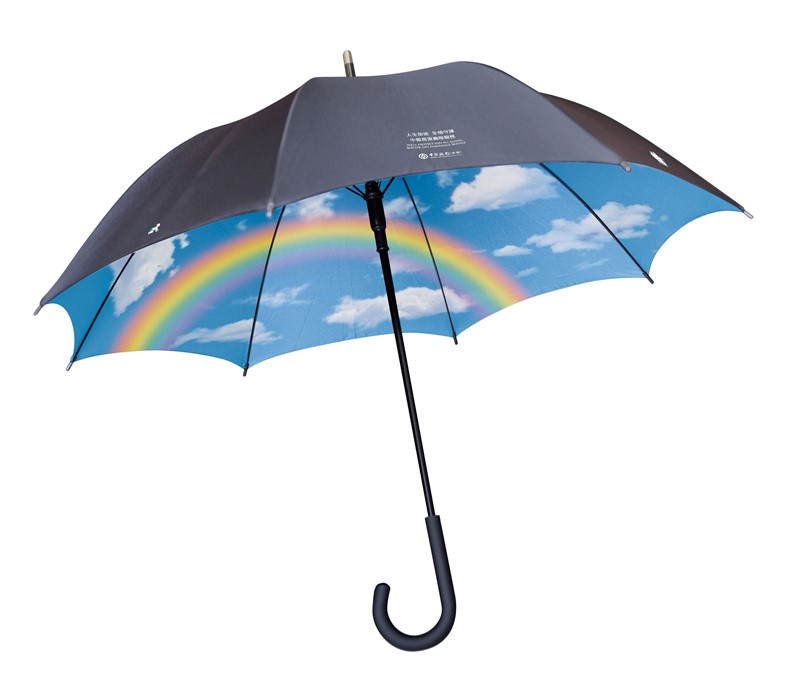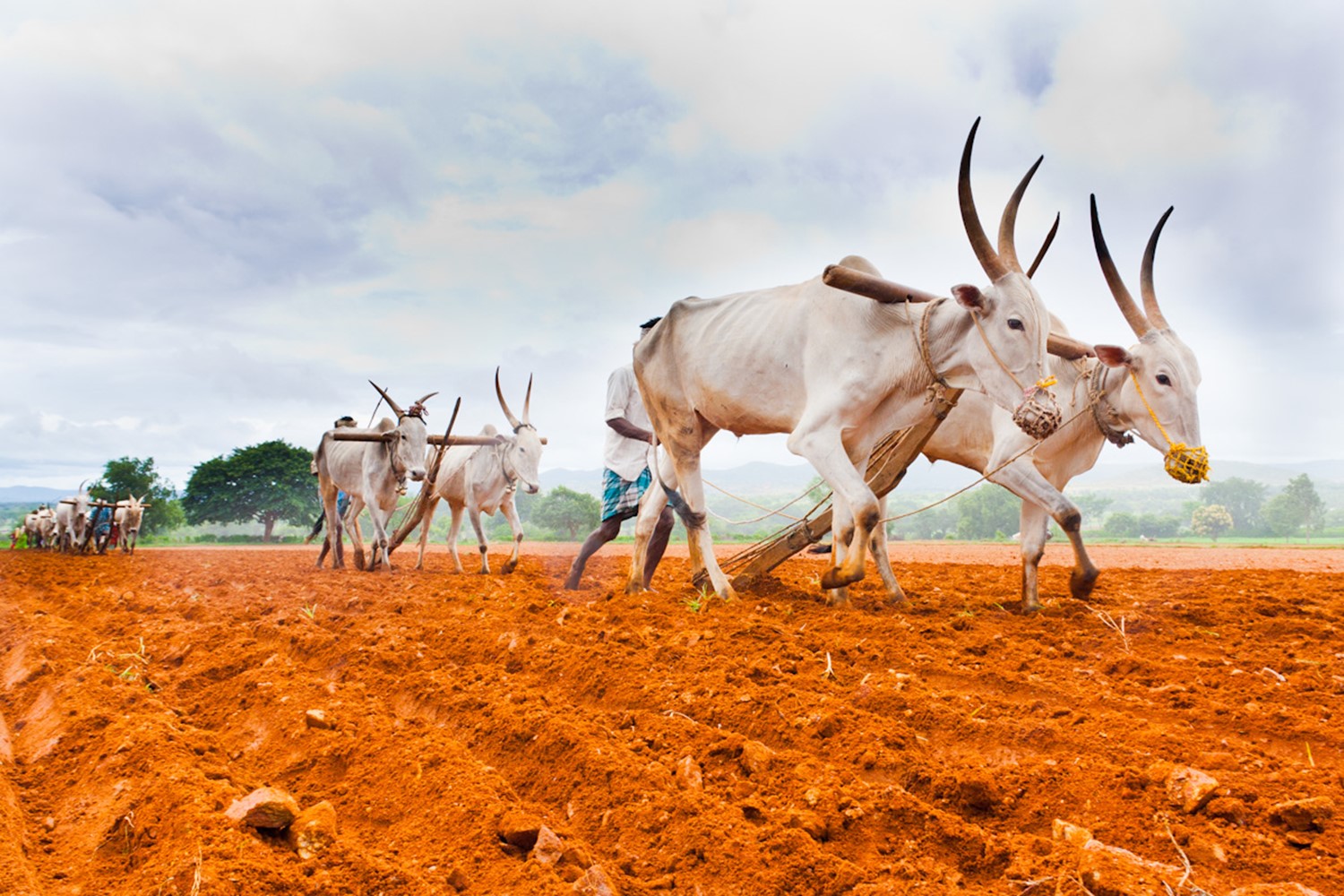The Economics Of Profiting From A Royal Baby Announcement
September 10, 2014 in Daily Bulletin

The Duchess of Cambridge is pregnant again and it’s an opportunity like no other for brands to expand their market share writes the BBC:
- Within minutes of the announcement of the pregnancy Nissan released the ad pictured above.
- It’s unlikely that Nissan and other companies spontaneously created this in response to the announcement. Instead they’d probably planned for the event in advance and had ads ready to go.
- Nissan’s probably shows seven seats just in case something like twins, triplets, or quadruplets had been announced.
- The Postal Service, for its part, noted that a ‘special delivery’ was on the way.
- Pizza Express suggested that the couple name their child pizza.
- And Lexus used the announcement of what could potentially be a baby brother to push the younger sibling of one of its own models.
See examples of brands trying to cash in on the announcement, find out why they do it, and more over here.
Source: BBC









Join the Discussion! (No Signup Required)